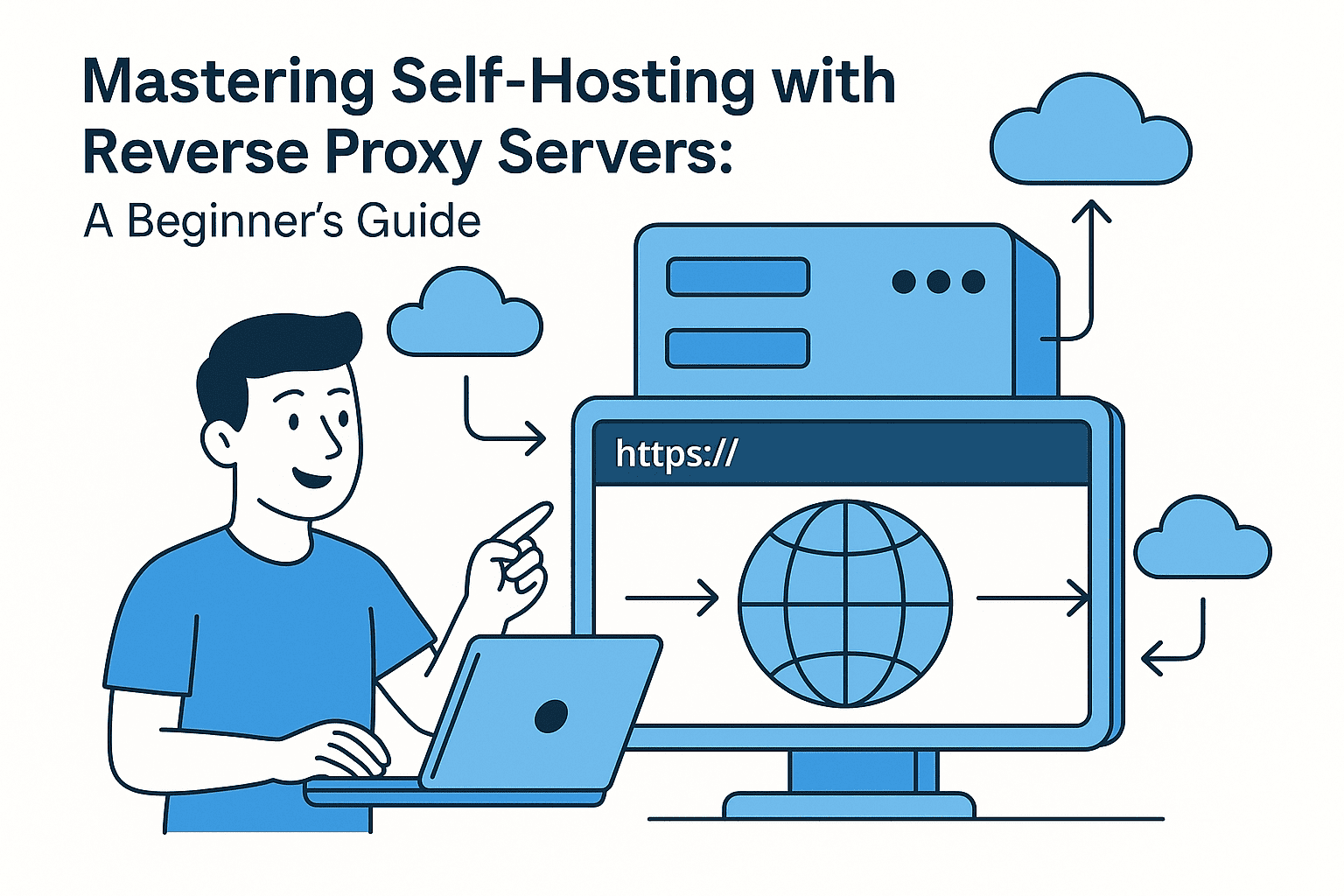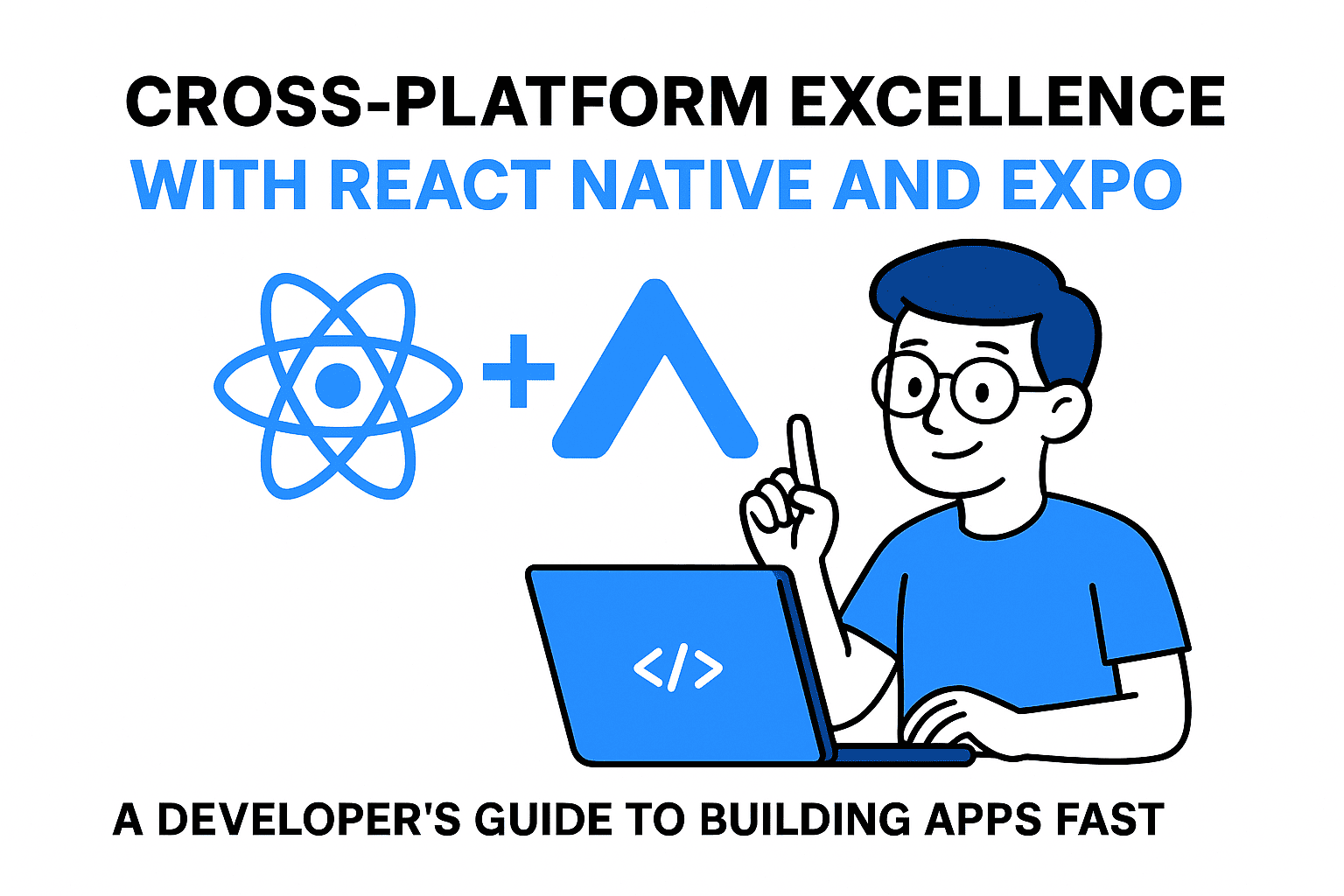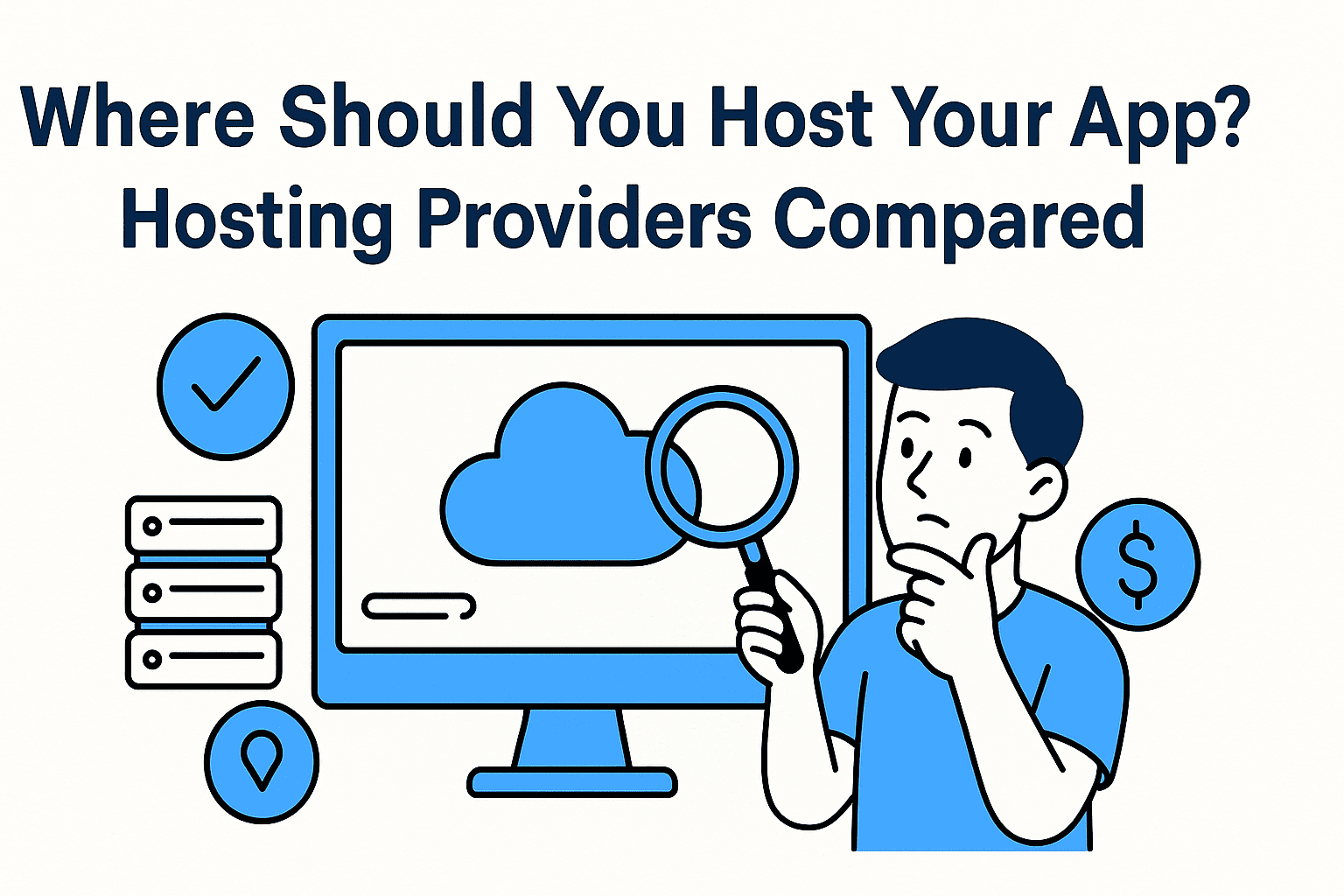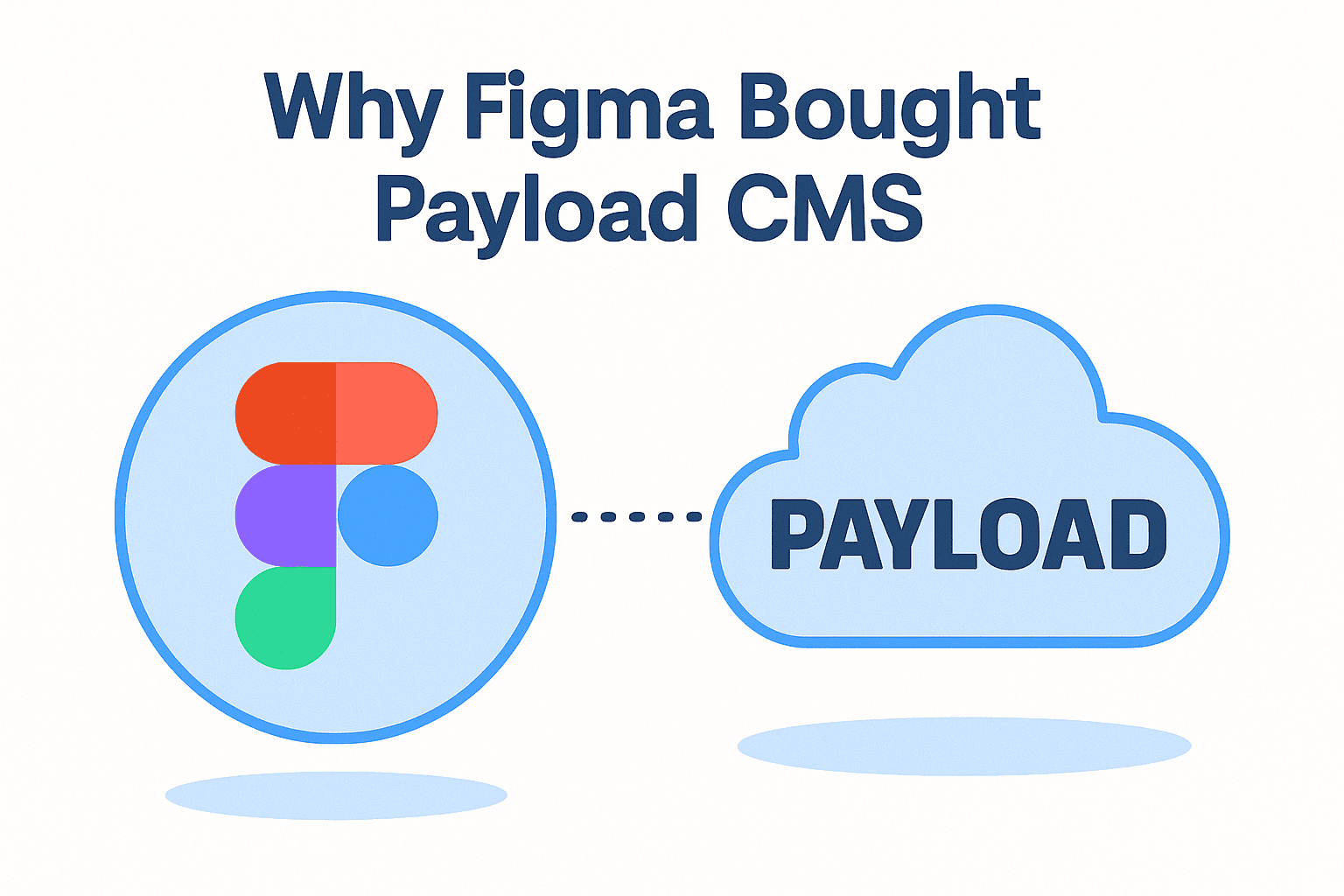In an era where self-hosting has become a go-to solution for developers and tech enthusiasts, the concept of reverse proxy servers has emerged as a critical tool. This blog post dives into the world of reverse proxies, exploring their role in self-hosting and why they're indispensable for managing multiple applications, enhancing security, and streamlining development workflows.
What Exactly Is a Reverse Proxy?
A reverse proxy acts as an intermediary between clients (users) and servers. Unlike a traditional proxy, which sits between the user and the internet, a reverse proxy faces the internet and forwards requests to the appropriate backend server. This setup allows multiple applications or services to be accessed under a single domain, enhancing both user experience and server management.
Imagine you run multiple websites on one server. Instead of users needing to remember different ports or subdomains, a reverse proxy dynamically routes traffic based on the request — whether it's for your main site or an admin panel. This is where tools like NGINX, Apache, and the modern favorite, Caddy, shine.
Popular Reverse Proxy Servers: Tools of the Trade
- NGINX: A powerhouse in the world of web servers, NGINX has long been a staple for reverse proxy setups. Its performance and flexibility make it ideal for high-traffic sites, offering features like load balancing, caching, and SSL termination.
- Apache: While often recognized for its modularity, Apache can also function as a reverse proxy. It’s great for developers who prefer a web server they can customize extensively.
- Caddy: A modern alternative, Caddy is praised for its simplicity and automatic HTTPS support. It not only handles reverse proxy tasks but also generates SSL certificates seamlessly, making it a favorite among developers. As mentioned in the podcast, Caddy's ability to obscure IP addresses enhances security by preventing direct access to your server's IP.
- Cloudflare Tunnels: For those using Cloudflare, these tunnels offer a straightforward way to expose local services to the internet without sharing your server's IP. This is particularly useful for managing DDoS risks and simplifying domain configurations.
- ngrok & Traffic: These are more niche tools, often used for local development or testing. While not ideal for production, they're invaluable for quickly sharing local servers with others.
Why Reverse Proxies Matter in Self-Hosting
1. Unified Domain Management
Self-hosting multiple services can quickly become messy. A reverse proxy allows you to host all your apps under a single domain, such as courses.westboss.com for your course platform. This means no more juggling ports or subdomains — just a clean, user-friendly experience.
2. SSL Handling Made Easy
SSL (Secure Sockets Layer) is essential for securing data in transit. With a reverse proxy, your entire traffic can be routed through a single secure port (usually 443), eliminating the need for each app to handle SSL individually. Tools like Caddy automate certificate management, ensuring your site stays secure without manual intervention.
3. Enhanced Security
Reverse proxies add a layer of security by obscuring your server’s IP address. For example, Cloudflare tunnels prevent attackers from targeting your server directly. Additionally, you can configure access controls — such as denying traffic without specific cookies or headers — to protect your applications from unauthorized access.
4. Static Asset Optimization
Static files like CSS, JavaScript, and images can be served directly by the reverse proxy rather than being processed by your main application. This reduces load on your backend servers and speeds up delivery, especially when combined with CDNs.
5. Local Development with Custom Domains
For developers, reverse proxies unlock a world of convenience. Tools like Caddy allow you to run local servers with custom domains and HTTPS, eliminating the headaches of port conflicts or insecure development environments. Imagine testing a service worker on scottlocalhost.com — no more worrying about port numbers or SSL warnings.
Real-World Use Cases from the Podcast
In the podcast, Wes Bos and Scott Tolinski shared their experiences with reverse proxies:
- COOLIFY Hosting: Wes uses multiple reverse proxy setups to run his course platform, including an Express app for marketing pages and a React dashboard for course management. This streamlined approach lets him focus on development rather than server configuration.
- Sentry Self-Hosting: Scott highlights Sentry as a prime candidate for self-hosting, noting how reverse proxies enable seamless error tracking and high-priority bug alerts without compromising security.
- Home Server Setup: Wes’s home server runs multiple services (like Jellyfin and Home Assistant) under a single domain. Reverse proxies make this possible, ensuring a clean URL structure for users.
Getting Started with Reverse Proxies
If you're new to reverse proxies, here’s a quick guide:
- Choose Your Tool: Start with Caddy if you value simplicity and auto-SSL. NGINX is a solid choice for those who prefer more control.
- Configure Your Proxy Settings: Define how incoming requests should be routed to your backend servers. For example,
example.com/adminmight point to an admin panel running on a different port. - Secure Your Setup: Enable SSL/TLS for all traffic, and consider using tools like Cloudflare to add an extra layer of security.
- Test Locally: Use local development setups with custom domains (e.g.,
dev.example.com) to avoid port conflicts and test your proxy configurations in a safe environment.
Conclusion: Reverse Proxies as the Backbone of Self-Hosting
Reverse proxies are more than just a technicality — they’re a game-changer for self-hosting. They simplify server management, enhance security, and make your applications more robust and user-friendly. Whether you're running a personal blog, a course platform, or a complex microservices architecture, mastering reverse proxies will empower you to take full control of your digital presence.
So, if you're ready to dive deeper into self-hosting, start by exploring NGINX, Caddy, or Cloudflare — and remember, the journey begins with a single proxy configuration. Happy hosting!
🚀 Let’s build something amazing! If you have a project in mind or need help with your next design system, feel free to reach out.
📧 Email: safi.abdulkader@gmail.com | 💻 LinkedIn: @abdulkader-safi | 📱 Instagram: @abdulkader.safi | 🏢 DSRPT
Drop me a line, I’m always happy to collaborate! 🚀



